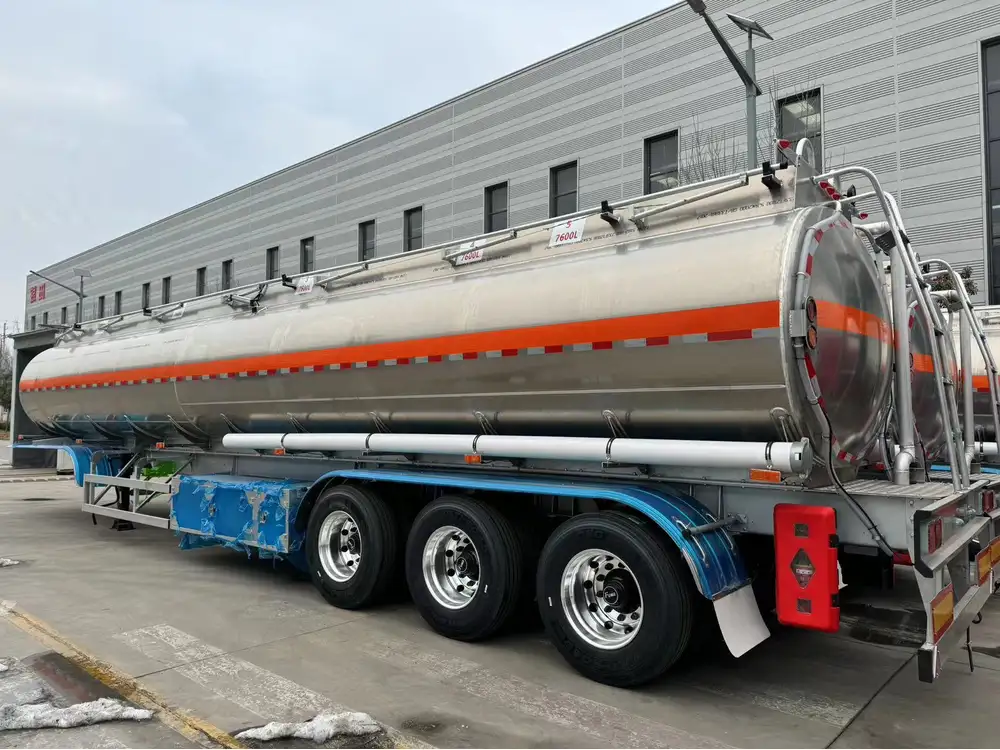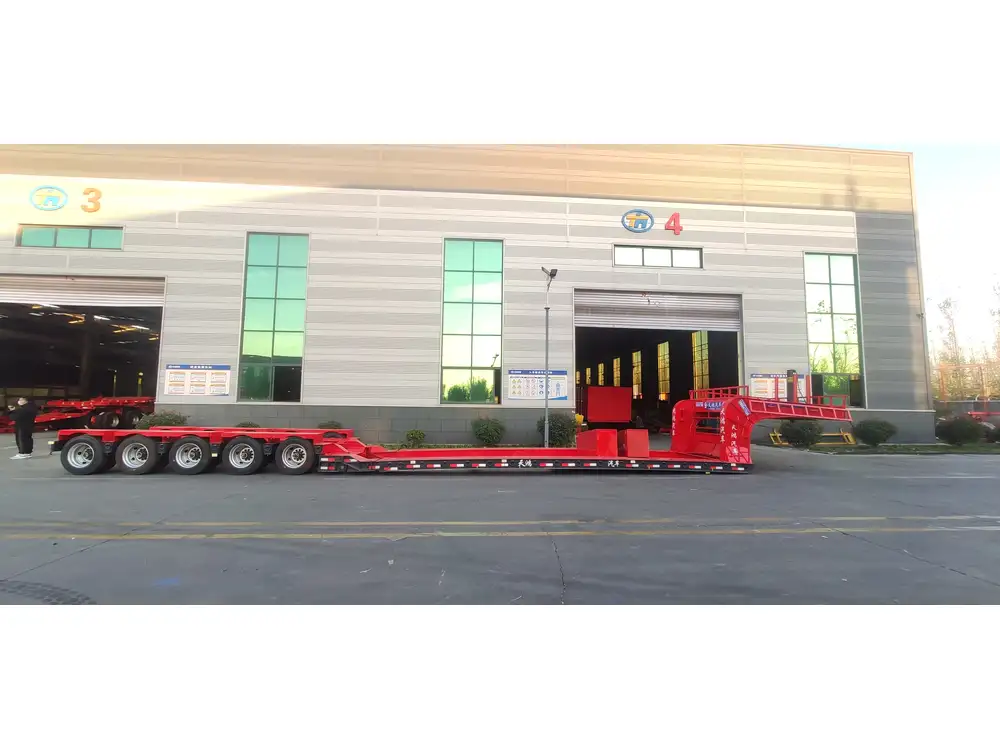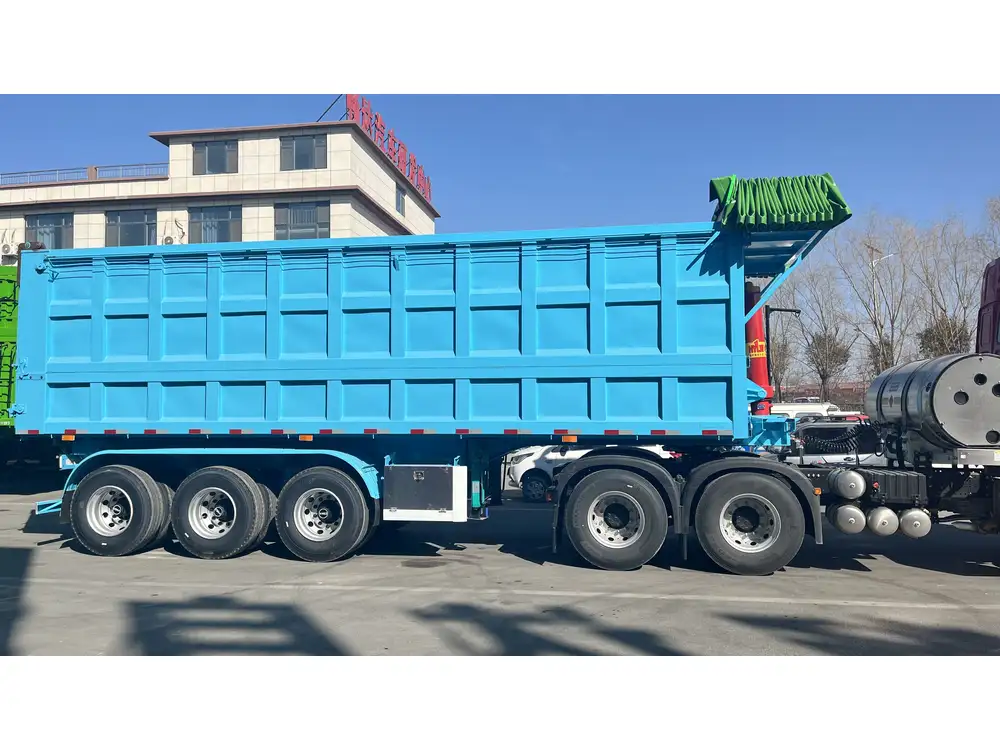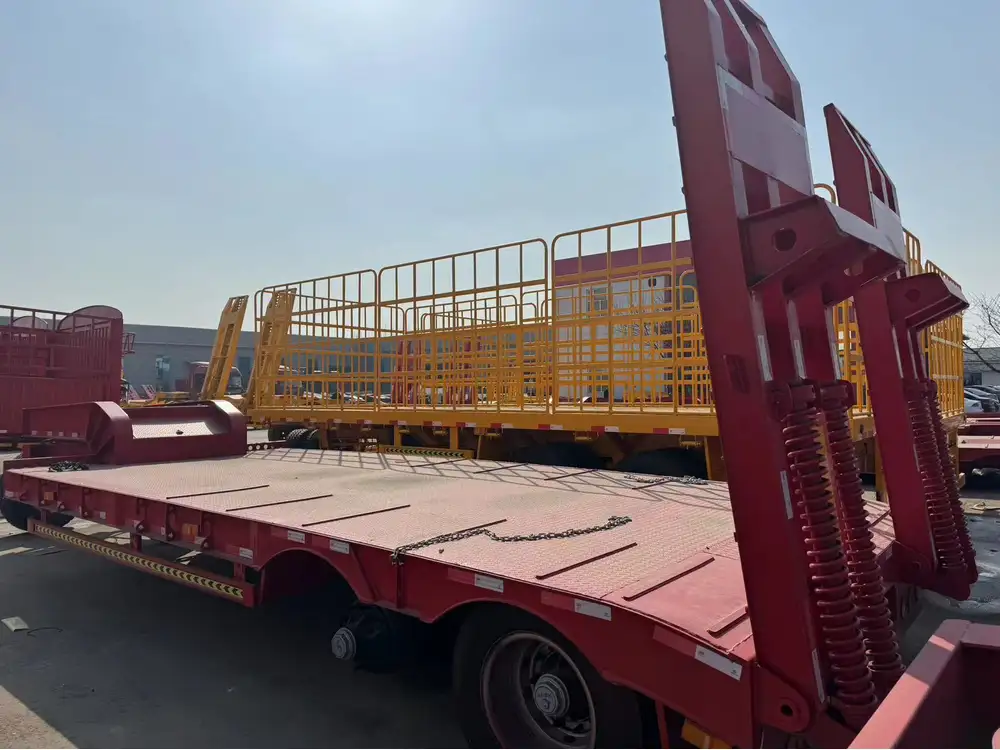In the world of logistics and transportation, understanding the dimensions of vehicles is paramount for planning, compliance, and operational efficiency. The length of a tractor and trailer combination can vary significantly based on make, model, and purpose. In this article, we will delve deep into the factors influencing the overall length, standard dimensions, and considerations for varying configurations.
Overview of Tractor and Trailer Combinations
The tractor and trailer, often referred to as a trucking unit or articulated lorry, consists of a powerful tractor (the truck) that pulls a detachable trailer (the load-carrying part). This combination is designed for transporting goods across various distances and terrains.
| Component | Description |
|---|---|
| Tractor | The front part of the combination, known for its powerful engine and robust features. |
| Trailer | The rear part that carries the cargo. It is designed to optimize space and weight distribution. |
Standard Lengths of Tractors and Trailers

Length of Tractors
The length of the tractor alone typically ranges between 16 to 25 feet. This variation depends on:
- Engine Size: Larger engines often lead to longer tractors.
- Cab Design: Sleeper cabs tend to extend the overall length.
- Chassis Type: Heavy-duty vs. light-duty models.
Length of Trailers
Trailers come in various styles, including flatbeds, enclosed vans, and refrigerated units. Standard lengths for trailers include:
- Flatbed Trailers: Ranging between 48 to 53 feet.
- Enclosed Trailers: Commonly measuring 48 to 53 feet, accommodating various pallets.
- Refrigerated Trailers: Typically 48 to 53 feet, engineered for perishable goods.
Combined Length of a Tractor and Trailer
The total length of a tractor and trailer combination can range from 60 to 80 feet, with the most common configurations measuring around 70 to 75 feet. It’s crucial to note that legal restrictions on vehicle lengths vary by state and country, impacting maximum allowable lengths.
| Configuration | Total Length |
|---|---|
| Tractor + 48 ft Trailer | Approximately 64 to 73 feet |
| Tractor + 53 ft Trailer | Approximately 67 to 76 feet |
| Tractor + Double Trailer | Up to 80 feet or more |

Factors Affecting Length
Several factors influence the overall length of a tractor-trailer combination. Among them are:
1. State Regulations
Different states impose specific laws regarding vehicle lengths to ensure road safety. Understanding these regulations is crucial for compliance. For example:
- California: Maximum vehicle combination length is 65 feet.
- Texas: Allows combinations up to 70 feet on non-interstate highways.
2. Type of Cargo
The nature of the cargo may dictate specific trailer types and, consequently, their lengths. Heavy equipment requires flatbeds that conform to different size regulations than enclosed trailers used for standard freight.

3. Weight Distribution
Optimizing weight distribution can affect the trailer length. Longer trailers may be preferable for heavier loads spread over a more extended area, as they can help pave the way for better balance, enhancing safety and efficiency.
4. Fleet Specifics
Fleet operators may select particular tractor and trailer configurations based on their business model. An operator focusing on local deliveries might prioritize shorter vehicles, while long-haul specialists may favor longer trailers to maximize cargo volume.
Impact of Configuration Choices

1. Standard vs. Extended Trailers
Opting for a standard trailer offers ease of compliance but may limit capacity. In contrast, extended trailers can maximize space for specialized cargo but might face stringent legal regulations.
2. Twin Trailers and Dolly Trailers
Twin (or double) trailers, which consist of two trailers connected by a dolly, can optimize cargo load. These combinations may stretch legal lengths but offer significant payload efficiency in some regions.
3. Gooseneck Trailers
Gooseneck trailers attach to the tractor’s bed, allowing longer payloads due to their specialized design. These can range from 20 to 40 feet, impacting the total vehicle length.

Visualizing Lengths in Context
To provide further clarity and understanding, let’s visualize the lengths of common tractor and trailer configurations. The comparison below offers an illustration of the various combinations:
| Configuration | Length | Visual Reference |
|---|---|---|
| Single Tractor + 48 ft Trailer | 64 to 73 feet | |
| Single Tractor + 53 ft Trailer | 67 to 76 feet | |
| Twin Trailers | Up to 80 feet | |
| Gooseneck Trailer | 20 to 40 feet |
Key Considerations for Users
When evaluating how long a tractor and trailer combination is, we must consider vital aspects that go beyond mere numbers. Here are essential considerations to guide decisions:
1. Trip Planning
Understanding the dimensions can significantly impact route planning—critical for logistics professionals. Longer vehicles may face limitations on certain roads or under bridges.

2. Loading and Unloading
Capacity and dimensions help determine the feasibility of loading docks. Enlarged configurations may occasionally restrict maneuverability at tight locations.
3. Insurance and Liability
Longer combinations can often come with increased insurance premiums. Proper assessment of length and potential liability impacts is necessary during planning stages.
4. Fuel Efficiency
The impact of length on fuel efficiency is essential in operational cost analyses. Longer vehicles may experience increased air resistance, thus influencing fuel consumption.

Legalities and Compliance
1. Permit Requirements
Certain lengths necessitate special permits, dependent on regional laws. Ensure compliance to avoid fines and maintain operational integrity. For instance, longer combinations may require:
- Oversize Permits: For combinations exceeding legal lengths.
- Route Surveys: For anticipating and mitigating potential obstacles.
2. Asset Tracking
Keeping track of fleet dimensions is vital for compliance and operational efficiency. Tools and technologies that manage tractor-trailer sizes can streamline operations and enhance overall productivity.

Conclusion
Understanding the dimensions of a tractor and trailer, including variances due to types and regulations, is essential for manufacturers, operators, and logistics managers. Knowing the combined length of this versatile combination provides insights critical for planning, compliance, and maximizing operational efficiency.
As we continue to navigate a rapidly evolving transportation landscape, staying updated on regulations, emerging technologies, and market demands will enable operators to optimize their fleets effectively.
References and Further Reading
- Federal Motor Carrier Safety Administration (FMCSA) guidelines for commercial driving regulations.
- American Trucking Association (ATA) resources for understanding dimensions and regulations across states.
- Logistics Management articles for best practices in transportation planning.
By having a comprehensive understanding of “how long is a tractor and trailer,” professionals will be better positioned to leverage this knowledge for enhanced operational success.



